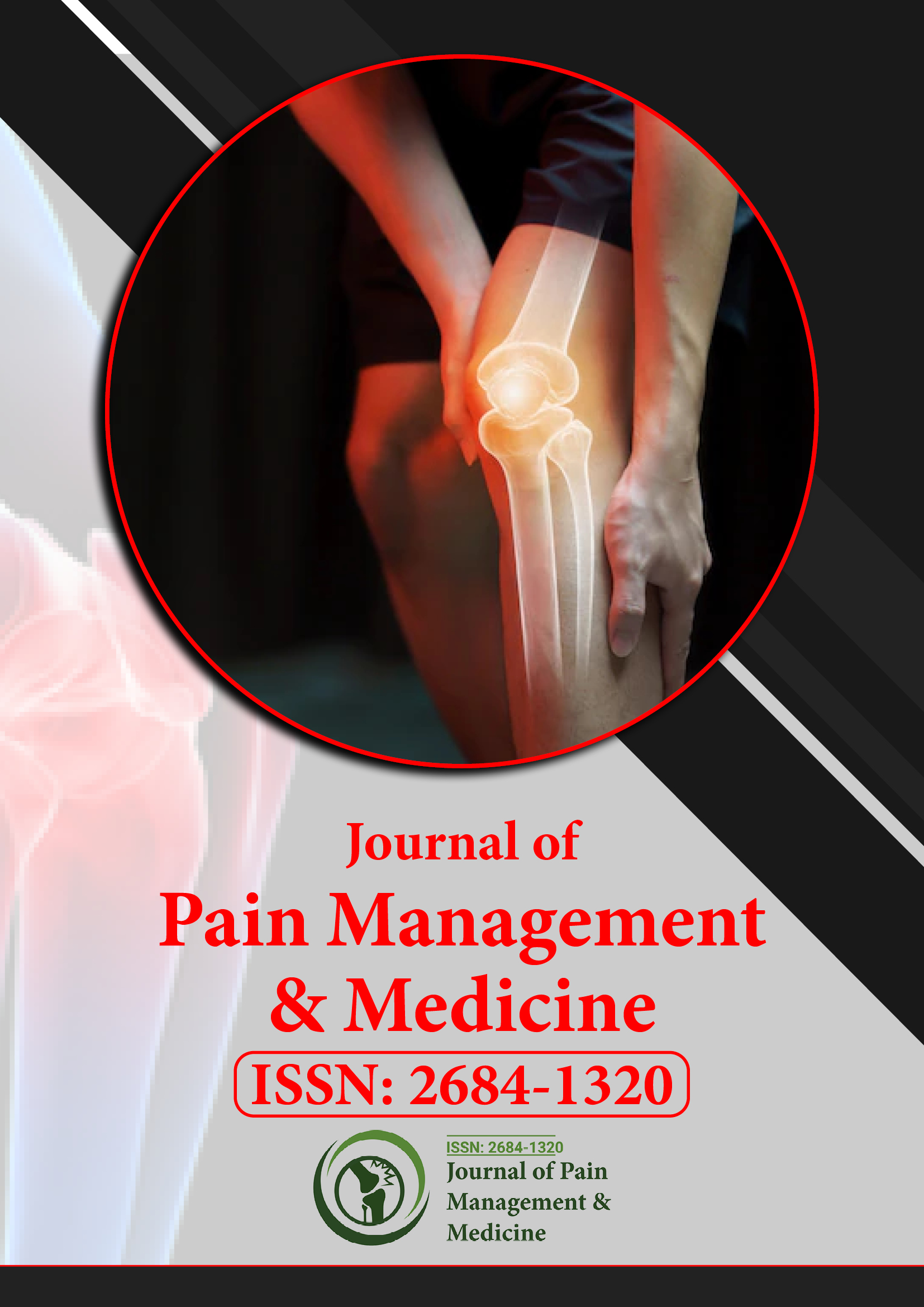Indexed In
- RefSeek
- Hamdard University
- EBSCO A-Z
- Publons
- Euro Pub
- Google Scholar
- Quality Open Access Market
Useful Links
Share This Page
Journal Flyer

Open Access Journals
- Agri and Aquaculture
- Biochemistry
- Bioinformatics & Systems Biology
- Business & Management
- Chemistry
- Clinical Sciences
- Engineering
- Food & Nutrition
- General Science
- Genetics & Molecular Biology
- Immunology & Microbiology
- Medical Sciences
- Neuroscience & Psychology
- Nursing & Health Care
- Pharmaceutical Sciences
Commentary - (2025) Volume 11, Issue 3
Clinical Perspectives and Emerging Therapies of Episodic Headache Disorders
Yaning Wang*Received: 30-Apr-2025, Manuscript No. JPMME-25-29814; Editor assigned: 02-May-2025, Pre QC No. JPMME-25-29814 (PQ); Reviewed: 16-May-2025, QC No. JPMME-25-29814; Revised: 23-May-2025, Manuscript No. JPMME-25-29814 (R); Published: 30-May-2025, DOI: 10.35248/2684-1320.25.11.327
Description
Headache is one of the most common neurological complaints, affecting individuals across all age groups. Among the various types, episodic headache is particularly significant because of its recurrent but non-chronic nature. Episodic headaches occur on fewer than 15 days per month, distinguishing them from chronic headaches, which persist more frequently. Understanding the clinical features, underlying mechanisms, and management strategies for episodic headaches is vital in improving patient quality of life and preventing progression to chronic forms.
Episodic headaches can present in different forms, the most common being episodic migraine and episodic tension-type headache. Migraines are typically characterized by moderate to severe throbbing pain, often unilateral, and associated with nausea, photophobia, or phonophobia. Episodic migraines usually occur between 1 and 14 days per month and may be preceded by aura symptoms such as visual disturbances or sensory changes. Episodic tension-type headaches, on the other hand, are generally bilateral, mild to moderate in intensity, and described as a tightening or pressure-like sensation around the head. Although less disabling than migraine, they still contribute significantly to discomfort and reduced productivity.
The pathophysiology of episodic headaches varies depending on the subtype. Migraines are believed to result from a complex interaction between vascular, neurological, and inflammatory mechanisms. Cortical spreading depression, trigeminovascular system activation, and release of neuropeptides such as Calcitonin Gene-Related Peptide (CGRP) play key roles in migraine onset. In tension-type headaches, peripheral muscle tension, central sensitization, and stress-related mechanisms are thought to be major contributing factors. Genetic predisposition, lifestyle habits, and environmental triggers also influence the frequency and severity of episodic headache episodes.
Diagnosis of episodic headache relies on careful clinical history and symptom evaluation. Patients are often encouraged to maintain a headache diary documenting the timing, duration, intensity, and potential triggers of their headaches. This approach assists clinicians in differentiating between migraine, tension-type, and secondary causes of headache. Neuroimaging is rarely required unless red-flag symptoms such as sudden onset, neurological deficits, or progressive worsening are present.
Management of episodic headache focuses on both acute relief of symptoms and prevention of recurrent attacks. For episodic migraines, acute treatment typically includes triptans, NonSteroidal Anti-Inflammatory Drugs (NSAIDs), and antiemetics for nausea. Preventive therapy may be considered in patients with frequent or severe attacks, using medications such as beta-blockers, antiepileptic agents, or calcium channel blockers. Recently, monoclonal antibodies targeting CGRP pathways have shown promise in reducing migraine frequency and intensity.
In the case of episodic tension-type headaches, first-line treatment often involves simple analgesics such as acetaminophen or NSAIDs. Non-pharmacological strategies, including stress management, cognitive behavioral therapy, relaxation techniques, and regular physical activity, are particularly effective in reducing headache frequency. Overuse of analgesics, however, should be avoided, as it can lead to medication-overuse headache and transformation into a chronic pattern.
Pain management strategies extend beyond medications and include lifestyle modifications. Patients are encouraged to identify and avoid individual triggers such as sleep disturbances, dietary factors, dehydration, caffeine overuse, or excessive screen time. Regular sleep, adequate hydration, balanced diet, and stress reduction techniques are essential components of a comprehensive management plan. For some patients, alternative therapies such as acupuncture, biofeedback, and yoga have also demonstrated benefits.
Although episodic headaches are often perceived as less severe than chronic headaches, their impact on daily life should not be underestimated. Frequent episodes can interfere with work, education, and social interactions, leading to significant emotional distress. Early diagnosis, patient education, and individualized treatment plans are essential in minimizing disability and improving outcomes.
In conclusion, episodic headache represents a common yet complex condition with diverse clinical manifestations. Advances in pharmacological and non-pharmacological therapies, combined with increased awareness of lifestyle and environmental influences, have enhanced the ability to manage these headaches effectively. A multidisciplinary approach involving neurologists, pain specialists, and primary care providers ensures optimal care and helps prevent progression to chronic headache disorders. With appropriate treatment and preventive strategies, most patients with episodic headache can achieve meaningful relief and improved quality of life.
Citation: Wang Y (2025). The Clinical Perspectives and Emerging Therapies of Episodic Headache Disorders. J Pain Manage Med. 11:327.
Copyright: © 2025 Wang Y. This is an open-access article distributed under the terms of the Creative Commons Attribution License, which permits unrestricted use, distribution, and reproduction in any medium, provided the original author and source are credited

